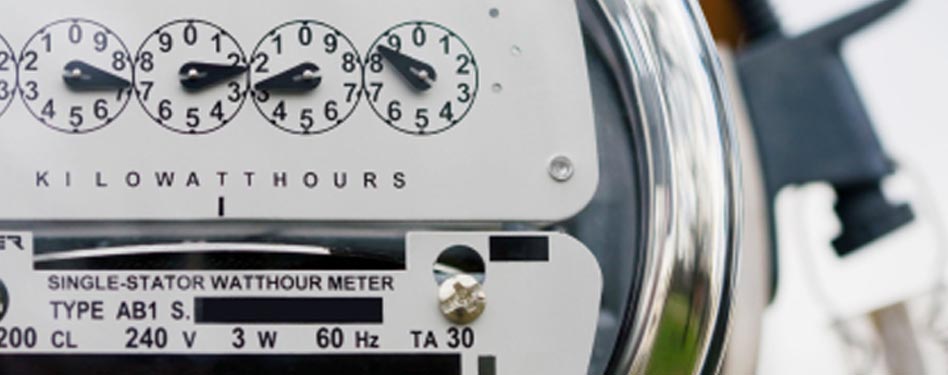
Back to all Project Ideas / Reduce Energy Use
Did you know that buildings consume approximately 39% of energy and 74% of electricity produced annually in the United States, according to the U.S. Department of Energy?
Schools spend about $8 billion a year on energy—more than on books and computers combined—but almost a third of that money is lost through wasted energy. That’s expensive both for your school and for the natural world which supplies our resources. You have the power to make your school run efficiently. Using simple tools, you’ll be able to conduct an audit of your school’s energy and water use and put your school on the path to savings.
Get started
- Find out how a school uses energy. Check out this ENERGY STAR report from the Environmental Protection Agency about energy use in schools.
- Pair up with your school’s facilities department or your local utility provider for support in conducting an energy walkthrough or a more comprehensive audit of your school.
- Consider working with a free online energy tracking program such as Energy Star Portfolio Manager or an online audit resource like the Cool Schools Challenge.
- Track the kWh saved on your campus this year or just on your day of action.
- Either work with your facilities staff to choose a baseline energy use and see how much lower you can go or estimate your impact by adding up the amount that was likely saved through each of your actions.
- You can track your school's energy data throughout the school year using Arc, the online building performance platform, to identify areas of inefficiencies.
- Create a plan for reducing energy usage.
- Communicating the plan will be crucial for its success. Remember that you are working toward a shift in people’s actions within the school. It will take time and constant reinforcement.
- Implement the plan and track your success. Put the data somewhere visible in the school.
Additional resources
- Check the Green Strides portal from the Department of Education’s Green Ribbon Schools program for updated resources from federal agencies and partners.
- U.S. Department of Energy Energy Detectives and Energy Walkabout student activities.
- The National Renewable Energy Laboratory’s energy education series for elementary through high school classrooms.
- Download the Environmental Protection Agency’s Beautiful World coloring and activity book.
- Read the Center for Green Schools’ Powering Down Guide for behavior-based energy saving solutions for K-12 schools.
- The Alliance to Save Energy’s “Energy Hog” resource series.
- The Energy Coalition program, PEAK Student Energy Action, which includes knowledge quizzes, student activities, and teacher resources
- The ENERGY STAR program at EPA offers schools tools to involve students in benchmarking the energy use of their school using ENERGY STAR Portfolio Manager and conducting an Efficiency Treasure Hunt to find simple ways to save energy.
- Review Thirteen’s Energy Audit Steps.
Project Spotlight
Collegiate School of Medicine and Bioscience in St. Louis, Missouri

“We measured the school’s energy use and found gas and electricity use data, which the students reported to the school. In the future, we hope to continue to develop this project and we would like to develop ways to change the energy use of the school and the behavior of our community. We hope to do this by community education to reduce energy waste, by making small changes in the building (weather stripping, etc.), and by pressing the district (who controls our thermostat) to fix wasteful practices.”
